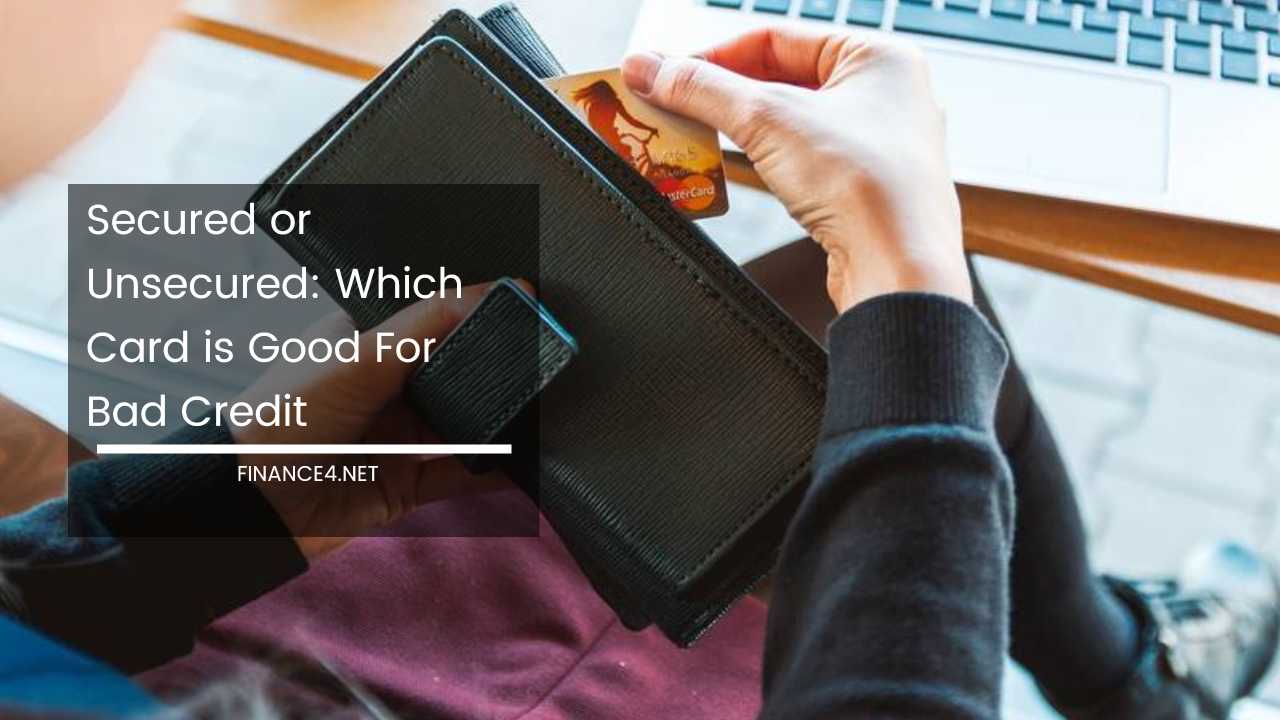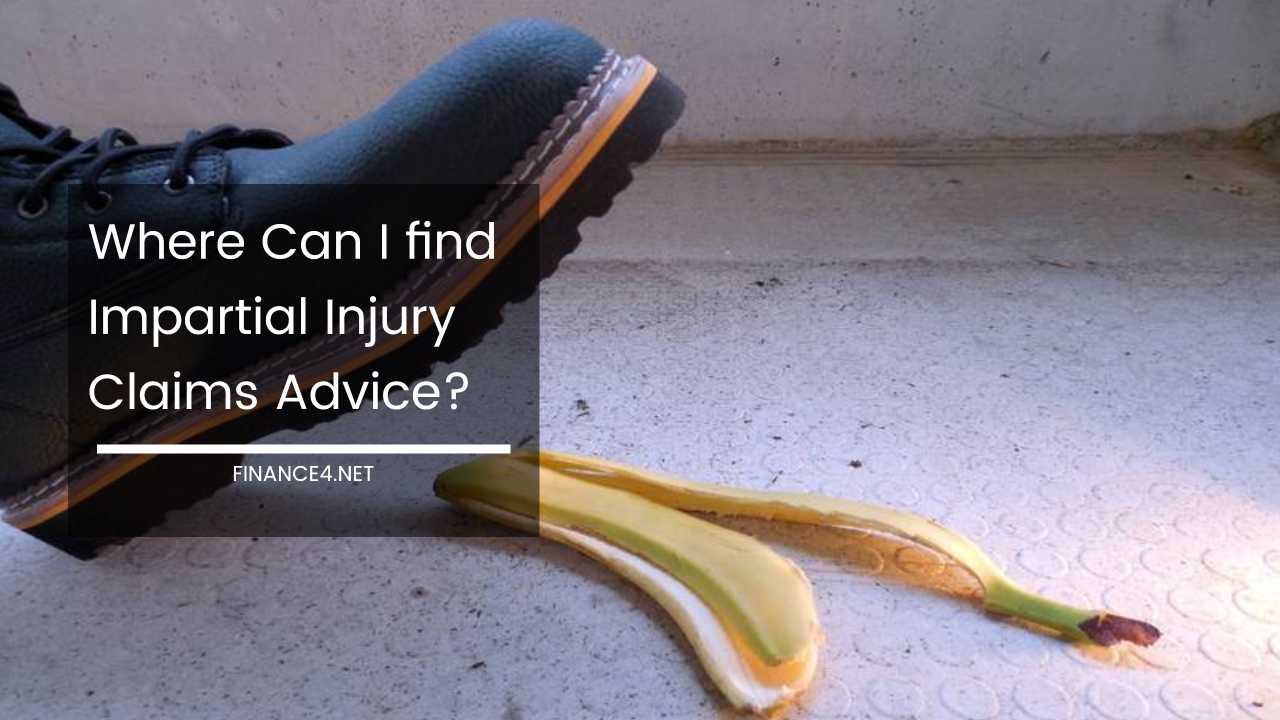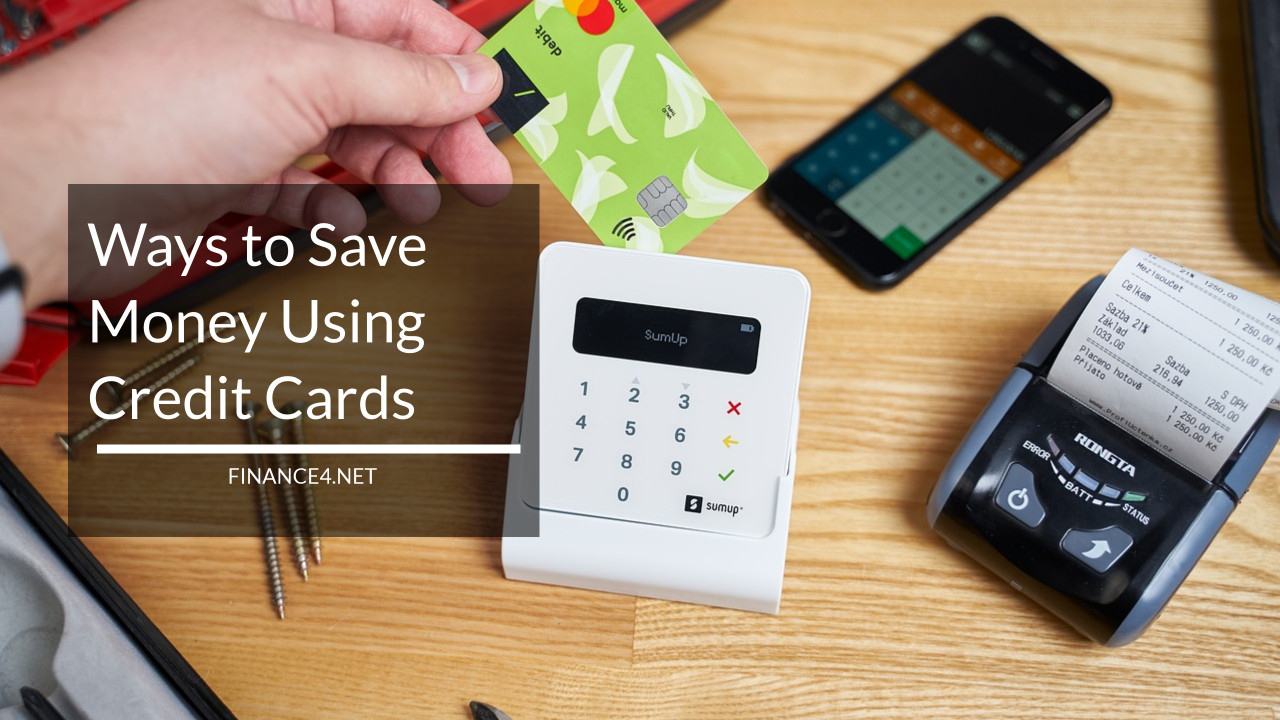Secured or Unsecured: Which Card is Good for Bad Credit

Secured or Unsecured: Choosing the Right Card for Bad Credit
If you find yourself grappling with a less-than-desirable credit score, one avenue to potentially improve it is by applying for a new credit card.
Lenders receive myriad new credit card applications each year, with one of the primary motivations being to give a modest boost to an individual’s existing credit score.
According to Fair Isaac, the creators of FICO scores, a new line of credit can account for nearly 10% of your FICO score, making it a valuable factor in the credit improvement process.
Additionally, obtaining a new line of credit can help lower your credit utilization ratio, which represents the amount of credit you utilize compared to your overall available credit.
Furthermore, a new credit card provides an opportunity to demonstrate creditworthiness to lenders by consistently making on-time payments, paying balances in full, and adhering to scheduled payments.
With the decision to apply for a new credit card made, the next question arises: should you opt for a secured card or an unsecured card?
Determining the better option can be challenging as each type of card has its own set of advantages and disadvantages. Secured credit cards require collateral, whereas unsecured credit cards for individuals with poor credit often come with high annual percentage rates (APRs) and substantial fees. Let’s delve deeper into the specifics of each type:
Secured Credit Cards for Bad Credit
Advantages:
- Lower ongoing APRs compared to unsecured cards: Secured credit cards typically offer lower interest rates, making them a more cost-effective option for those carrying a balance.
- Automatic reporting to credit bureaus, aiding in credit score improvement: Many secured credit cards report your payment activity to major credit bureaus, helping you rebuild your credit history over time.
- Reasonable annual fees: While some secured cards may come with annual fees, they are often more reasonable compared to those of unsecured cards targeted at individuals with bad credit.
- Expedited approval process: Secured cards are often easier to qualify for than unsecured cards, making them a quicker route to obtaining a credit line.
- Some secured cards include credit monitoring tools: Certain secured cards offer additional features such as credit monitoring, providing cardholders with valuable insights into their credit health and helping them detect any fraudulent activity.
Disadvantages:
- Requires collateral, typically ranging from $50 to $200 based on creditworthiness: The need for a security deposit can be a barrier for individuals with limited funds.
- Generally, lower credit limits compared to unsecured cards: Secured credit cards often come with lower credit limits, which may not be sufficient for larger purchases or emergencies.
- Typically lacks reward or bonus features found in many unsecured cards: Secured cards usually do not offer rewards programs or sign-up bonuses, limiting their appeal to consumers seeking perks.
Unsecured Credit Cards for Bad Credit
Advantages:
- No security deposit or collateral required: Unsecured credit cards do not require a security deposit, making them accessible to individuals who may not have the funds to secure a secured card.
- Reporting to major credit bureaus is typically free of charge: Like secured cards, unsecured cards typically report your payment activity to credit bureaus, aiding in credit score improvement without additional fees.
Disadvantages:
- Higher ongoing APRs than secured cards: Unsecured credit cards often come with higher interest rates, making them more costly for cardholders who carry a balance.
- Often accompanied by significant annual fees: Many unsecured cards targeted at individuals with bad credit come with high annual fees, which can eat into your available credit and negate any benefits.
- Tend to offer lower credit limits and may include additional fees: Unsecured cards for bad credit may impose lower credit limits and may also come with additional fees for services such as cash advances or foreign transactions.
Now that you’re familiar with the pros and cons of each option, it’s evident that neither type of card is perfect. In fact, both have significant drawbacks. However, when aiming to improve your credit, selecting from these options may be necessary.
Unsecured cards may appear appealing initially due to the absence of collateral requirements. However, they often come with substantial fees that can become burdensome over time. While unsecured cards can help rebuild credit gradually, they typically lack the beneficial tools provided by most secured credit cards.
Taking into account all factors, it becomes apparent that secured credit cards for bad credit are generally the preferable option for achieving a perfect credit score.
Despite the need for collateral, secured cards offer lower fees, improved credit-building tools, and a more structured path toward credit improvement.
In conclusion, while both secured and unsecured credit cards have their merits and drawbacks, those with bad credit seeking to improve their financial standing may find secured cards to be the most effective and efficient option in the long run.
By responsibly managing a secured credit card, individuals can rebuild their credit history, establish positive payment habits, and work towards achieving their financial goals.
Frequently Asked Questions (FAQs)
1. Can I get approved for a secured credit card with bad credit?
- Yes, secured credit cards are specifically designed for individuals with poor or limited credit history. Since these cards require collateral, such as a security deposit, they are often more accessible to those with less-than-ideal credit scores.
2. How much collateral do I need for a secured credit card?
- The amount of collateral required for a secured credit card typically ranges from $50 to $200, depending on your creditworthiness and the card issuer’s policies. This collateral serves as security for the lender in case you default on payments.
3. Will using a secured credit card help improve my credit score?
- Yes, using a secured credit card responsibly can help improve your credit score over time. By making timely payments and keeping balances low relative to your credit limit, you demonstrate creditworthiness to lenders, which positively impacts your credit score.
4. Are there any disadvantages to secured credit cards?
- While secured credit cards can be beneficial for rebuilding credit, they often come with lower credit limits and may lack reward or bonus features commonly found in unsecured cards. Additionally, some secured cards charge annual fees, although these fees are typically lower compared to those of unsecured cards for individuals with bad credit.
5. What is the difference between secured and unsecured credit cards?
- The primary difference between secured and unsecured credit cards lies in the requirement for collateral. Secured credit cards require a security deposit as collateral, while unsecured credit cards do not. However, unsecured cards for individuals with bad credit often come with higher APRs and fees due to the increased risk for the lender.
In conclusion, while both secured and unsecured credit cards have their merits and drawbacks, those with bad credit seeking to improve their financial standing may find secured cards to be the most effective and efficient option in the long run.



